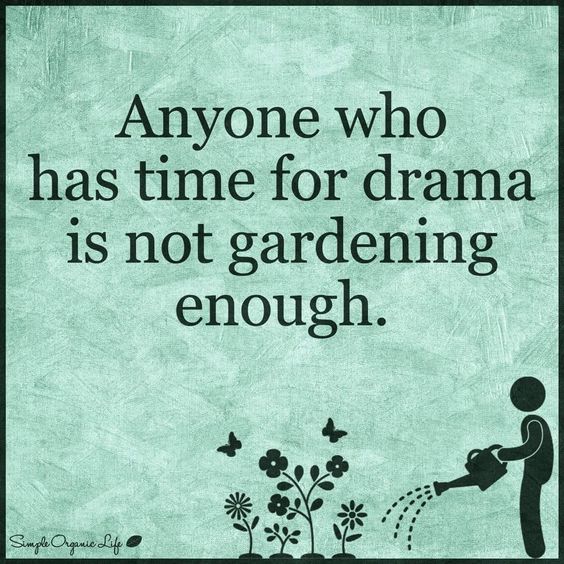GREENWORKS!
The Rodan Foundation’s Publication for Earth Stewardship Spring 2022
Spring Edition
The Love Awakening is an extension of The Rodan Foundation, a spiritual center founded in 1981 by Rev. Clarke Carraway. Our Community Greenworks intention is to awaken and connect in unity and harmony with our Earth Mother and all of her kind. As transceivers, we allow Source energy to direct and flow through us, touching all that we do with love and in exchange, receiving a bounty of goodness from the Earth.
HEALING OUR RELATIONSHIP WITH MOTHER EARTH
Reciprocity: Tending to the natural world is essential. We can no longer ignore or expect the Earth to just be there giving us all that we need, shutting out her cries. Her resources are limited. She is our mother, and she is burning, melting, and roaring in a call for help for us to tend to her needs. Animals are becoming extinct and others are abused and mistreated for profit, as are our trees—our sacred lungs here on Earth. We are meant to connect to the natural world as if it were a friend, a sister or brother, mother or father. We are all a part of the same Earth family. The trees need the air we exhale, yet we forget that we rely on them to breathe, as well. We forget, so easily, just how important this relationship is for our mere existence. Our connection is such a simple act, but we’ve completely lost our intimacy with the natural world as a collective and it’s begging for us to return to this harmonious kinship.
The Earth is our mirror—the truest reflection for our collective. Its self-destruction and decay shows us the separation we’ve created with it, with ourselves, with all that is Sacred, and with each other. When she burns, it mirrors the repressed anger we are holding from not meeting the needs of our Spirit, for not listening to truth. Her polluted oceans reflect the pollution of our inner waters—our disrespect and dishonoring of the emotions and intuitive wisdom of the feminine. The remedy is actually quite simple: conscious communication, love, and connection can help restore this balance. Once we each form a relationship with our elemental allies, our awareness will shift to honoring and protecting, and change the way we relate to the natural world as a whole, just like a connection with any growing relationship. Our future depends on how we tend to the Earth today.
Working with the Land: When working with the natural world in our healing, we also must cultivate a relationship with the land that supports us where we live. We thrive when we are connected to and work with the land that holds us. Simple ways to do this include:
* Spend time with the land. Listen to it. Get to know its natural features, its seasonal blossoms and cycles.
* Research and recognize its indigenous origins. Who lovingly tended to the land before you? How can you honor these people? Are they still active in your community? How can you support them?
* Join a local land conservation group.
* Try to source fresh herbs in your community or in the wild, instead of bought in plastic imported to your grocery store. Look for community gardens, farmers markets, CSAs, or even plant them yourself! For dried herbs and plants not native to your bioregion, check out your local apothecary to support small Earth-conscious businesses. Always ask where they get their herbs and if they are sustainably harvested or organic.
* Plant walks are a great resource for learning how to spot medicine in the wild so you can forage yourself, and they can also teach you more about what grows near you. Find a local herbalist who you resonate with and support them.
Ways to Further Reciprocate: Talk to the trees like a friend. Ask them for guidance and support and listen with care and respect.
* Plant trees and flowers. Reforest and replant. Revive our dying plant species.
* Stop utilizing single use plastic. Our oceans are drowning in plastic and our sea creatures are suffering. We are disrupting balance because of our addiction to consumerism. Plastic does not disappear and most of it doesn’t get recycled. Do your research for plastic-free alternatives and be mindful of your plastic consumption. Choose consciousness over convenience, the larger vision over a quick fix.
* With everything you take from the Earth or that is made of the Earth, say a simple thank you before using or consuming it.
* Say intentional prayers and blessings for the Earth and her healing.
* Withdraw your support from companies that are not in support of the Earth’s health and sacredness— those that use unsustainably harvested resources or unnecessary plastic, that engage in unethical farming, and fast fashion.
* Support companies that focus on Earth connection and
protection. We vote with our dollars and money is energy. * Give your energy to those supporting the
Earth.
By Ashley River Brant, resources.soundstrue.com 4/2021
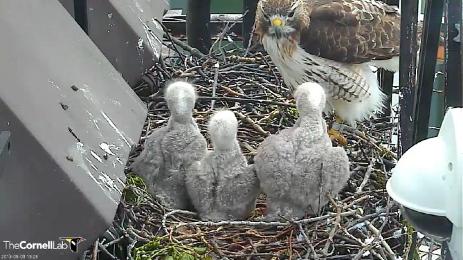
Barred Owls - According to the American Bird Conservancy, there are an estimated 3.2 million barred owls across North America. Barred owls live in the northwestern and eastern United States as well as Canada. They are unique in comparison with other owls because they are one of a few species with dark eyes and are easily recognizable with their scaled chests and striped bellies. Wild Birds Unlimited CEO Jim Carpenter has maintained a camera-equipped owl box in his backyard since 1998. The box is 32 feet high and sits against the trunk of a pignut hickory tree. Since 2003, the box has held barred owl nests almost every year. In 2012, the Wild Birds Unlimited Barred Owl Cam became a part of the Cornell Lab of Ornithology’s Bird Cam Network. The camera and audio are connected to Carpenter’s house by 200 feet of ethernet cable. Cornell Lab of Ornithology staff use the computer to stream live video to the internet. https://www.youtube.com/watch?v=nE-qjSdc5NY
Northern Royal Albatross - Sit back and relax with a live view of gentle giants roaming the cliffs of New Zealand. The New Zealand Department of Conservation’s live northern royal albatross webcam provides an inside look at the world of seabirds. The headland at Taiaroa Head on the Otago Peninsula is a popular spot for northern royal albatross because it provides a sheltered area when summer ground temperatures can reach over 100 degrees. The northern royal albatross is one of the largest seabirds in the world with a wingspan of up to 12 feet. Sadly, low reproduction rates, changes in habitat and climate, and fishing practices make northern royal albatross vulnerable. In 1985, a storm on the Chatham Islands destroyed most of the albatross' nesting habitat. Some years, the percentage of nests produced was as low as 3 percent. Chatham Islands’ northern albatross were hunted for years. By the early 1920s, northern royal albatross were fully protected and hunting them became illegal. Since 1993, some New Zealanders have applied to harvest albatross, but none of those requests have been granted. https://www.youtube.com/watch?v=IH5hNrRzlCY
Bermuda Petrels - This live bird webcam hosted by Nonsuch Expeditions via LookBermuda gives viewers a close-up look at one of the world’s rarest seabirds. The Bermuda petrel is the second rarest seabird on the planet. Bermuda petrels are commonly referred to as “cahow” because of the distinct noise they make. They are Bermuda’s national bird and are found on Bermudian currency. Cahow are large seabirds that spend most of their time on the open ocean. They can be spotted easily because of their long wings. Cahow have a gray-black crown and collar, white underwings with black edges, and dark-gray upper wings. For 300 years, cahow were thought to be extinct, but in 1951, 18 cahow nest pairings were rediscovered. The cahow is a “Lazarus species”—a species that is alive after having been considered extinct. https://www.youtube.com/watch?v=IIG1qYRTCaE
Lance-Tailed Manakins - Transport back to your first tropical vacation with the DuVal Lab Research Manakin project. This live webcam captures birds living in a lush forest on the eastern end of Isla Boca Brava, Panama. The lance-tailed manakin is a small bird that can be found in the forests of Central and South America. Lance-tailed manakins are bright in color and are around 13.5 centimeters long. Both male and female lance-tailed manakins have orange legs and two elongated tail feathers, which form a spike. Most adult females are olive-green, but some may have a red cap. Full-grown males are mostly black with a red cap and sky-blue back. When watching a live webcam of lance-tailed manakins, you may notice some of the species puffing up their chests. Prior to breeding, two males perch aside one another on a bare stick and take turns jumping up and down. The female forms a cup nest in a tree and two beige eggs are laid and incubated for approximately 20 days. https://www.youtube.com/watch?v=G3P-cheOHMk
Red-Tailed Hawks - Cornell Labs' red-tailed hawks webcam allows a close-up look at the largest and most widespread hawks in North America. Known for its bulky and broad physique, red-tailed hawks are often seen perching on branches or soaring across fields and woods. Many red-tailed hawks west of the Mississippi River do not have red tails. They are often black or dark brown, and even white. Red-tailed hawks do most of their hunting from a high perch, then gracefully swoop down to catch their prey. They can be seen flying over fields scouting for small animals to enjoy at their perches. Red-tailed hawks have an expansive diet ranging from small mammals to snakes. When watching a red-tailed hawk webcam, you may notice a female hawk in its nest for three to four weeks. This is an incubation period when the young female stays with her eggs and the male brings her food. The newborn hawks leave the nest at around six to seven weeks but are not capable of confidently flying for another two weeks. The red-tailed hawk population has vastly increased since the 1960s and is still increasing today. https://www.youtube.com/watch?v=TvuSCLsxUFo
By Maya Richard-Craven, sierraclub.org - Mar 27 2022
SPRING GARDENING TIPS
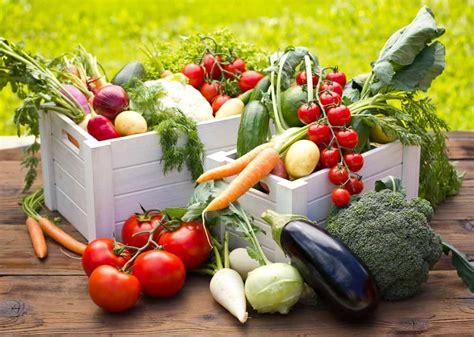
The weather is getting warmer. If you’re new to gardening, you might be wondering what you should be doing so that you will have a beautiful garden when summer comes around. Is it too early to start planting? What do you need to do to get ready for the warmer weather that’s coming? Here are five things you should consider.
1. Weeding - Although there is still a chill in the air, early spring weeds are a real thing and they can be a real problem. Head out and start pulling those weeds. Make sure that you get them at the root so they don’t grow back.
2. Cleaning - Lots of debris can build up since you last checked out your garden in the fall. There might still be dead leaves piled up, some of it perhaps blown into the garden from the neighbor’s yard. You can also go out and remove any leftover snow or ice that might still be piled up.
3. Fertilizing - The winter can be very harsh on the soil, making it dried out, hard and compact. That kind of soil makes it tough for plants to take root and grow, so now is the time to prepare it. That does mean tilling it, turning the soil to prepare it for planting, but you also need to take this time to add compost or fertilizer. Use organic material for some of the best results. This will nourish the soil so that it’s ready for your plants and allow them to grow more effectively. You can also add layers of mulch so that weeds don’t take hold again and make a comeback.
4. Pruning - If you haven’t pruned your yard’s plants, shrubs and trees yet this year now is the time. Pruning is necessary for the health of the plants. Done right, pruning encourages the plants to grow and keeps them healthy and growing all season long. Pruning also keeps the bushes and plants looking beautiful and well-trimmed. Be sure to prune summer plants during the early spring months.
5. Planting - Yes, there is vegetation and floral that you can be planting right now. There are some early spring flowers and vegetables that will do just fine if you plant them now.
Some of the flowers you might want to consider include: Snapdragons, Lilac, Pansies, Tulips,
Some of the vegetables you might want to plant now include: Peas, Lettuce, Arugula, Cabbage, Spinach
Now is also the time to bring out any plants that you might have brought indoors during the colder months, such as tomato plants. Keep a vigil on your garden during this time of year as the weather can be temperamental and late-winter/early-spring snowstorms, frosts and cold snaps can happen, so be prepared to cover those seedlings that manage to come out during the warmer weeks. https://www.ambius.com/blog/5-early-spring-gardening-tasks/
Seasonal Planting Dates
Above Ground Crops
(i.e. corn, peppers,
squash, etc.): April 7, 8, 9; May 7, 8; June 4, 13
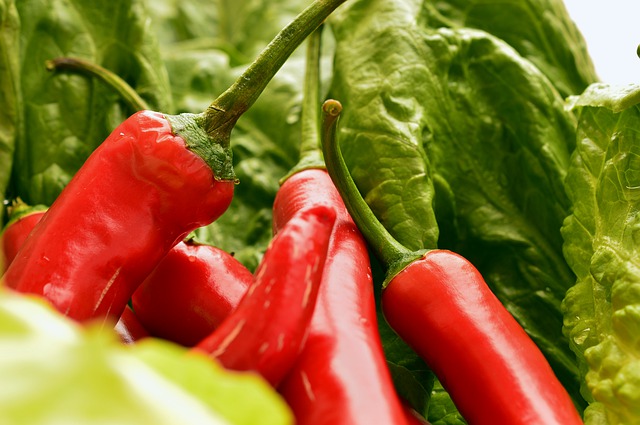
Below Ground Crops
(i.e. beets, carrots, radishes): April 20 - 22; May 25 - 27; June 21 - 23
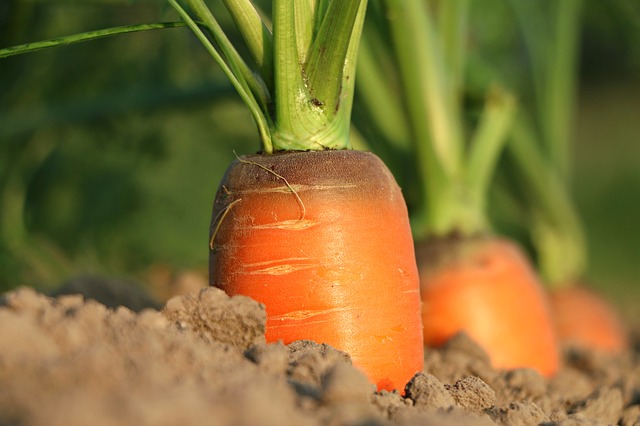
Celebrate and co-create with Nature!
For more information about volunteer opportunities for upcoming events,
please contact The Love Awakening of The Rodan Foundation: (650) 347-8911
